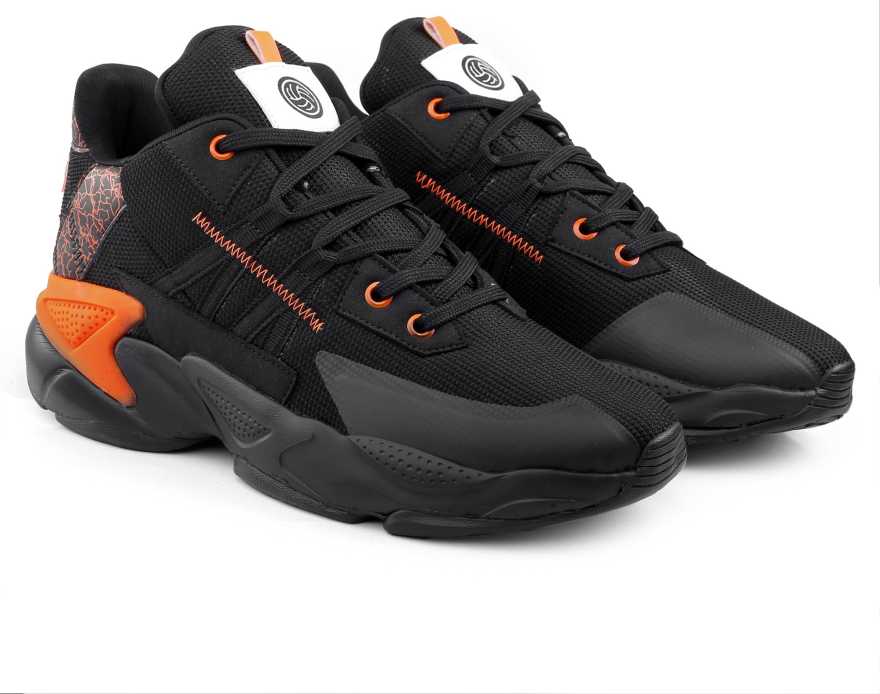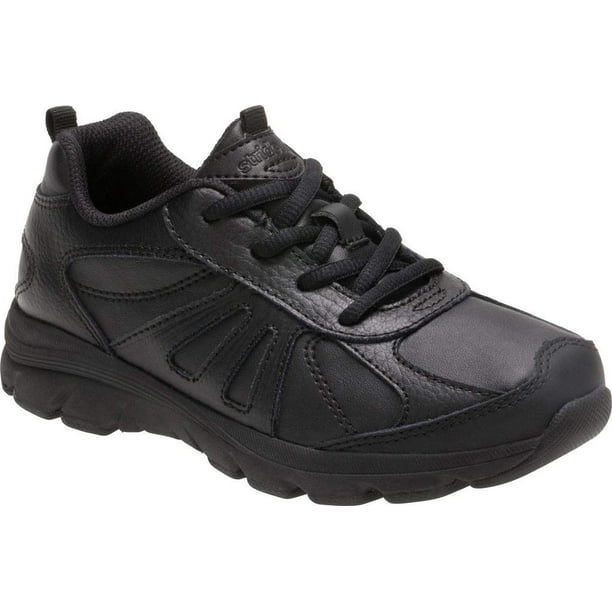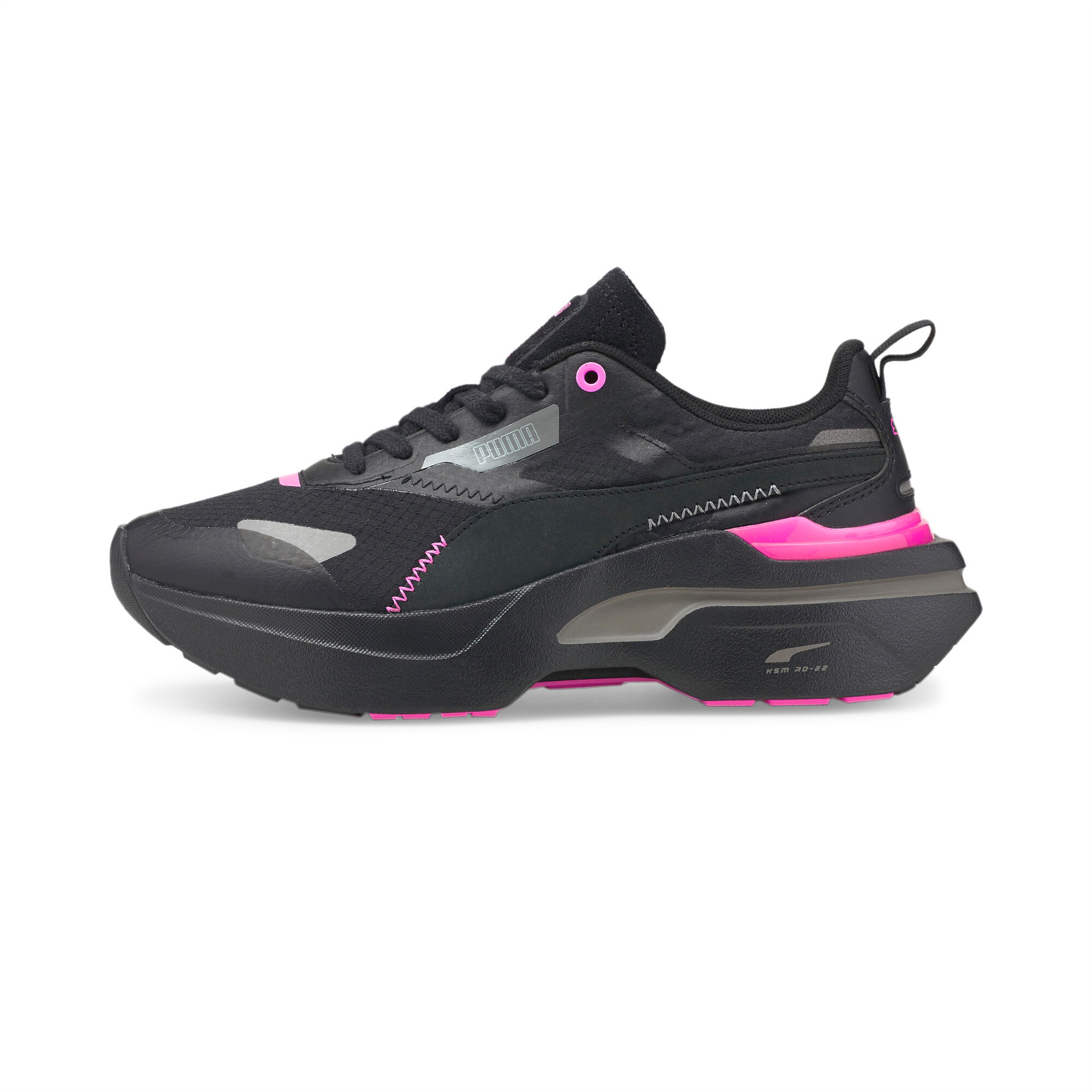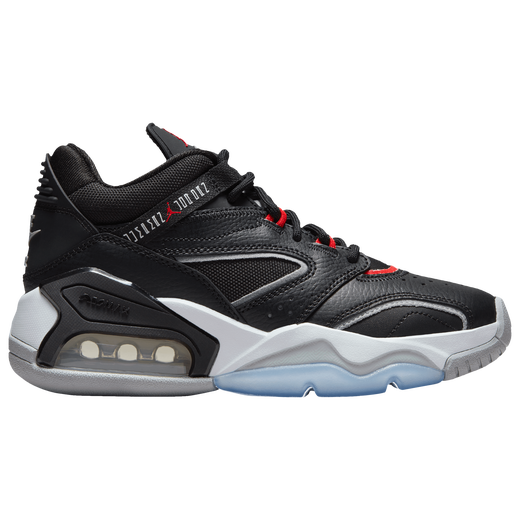What is B(M) Shoe Size?
B(M) shoe size is a metric footwear size used in the United Kingdom to measure the width of a shoe. In American, it's equivalent to a US men's shoe size. There are two versions of B(M) shoe size that have slightly different measurements:
Image source: https://www.amazon.com/
one for men and one for women. The difference between them comes down to their length (the male version has longer measurement), which can be confusing since they're both made up of round numbers.
Image source: https://www.flipkart.com/
The male version is typically measured in a UK size range from 5-12, while the female version generally runs from 3-10. The numerical designations indicate the centimeters between the widest part of the shoe and the narrowest point. For example, a size 8 men's B(M) shoe will measure 8.5 cm, while a women's size 6 B(M) shoe will measure 6.5 cm.
Image source: https://www.newbalance.com/
The two popular versions are different lengths, as follows:In both versions, shoes that come closest to US sizes tend to be smaller than their US counterparts, since sizes are typically converted from UK to US based on a ratio of 1/2 inch per UK size number [see below].
Image source: https://www.footlocker.com/
That is not the case with B(M) shoe size. For example, a size 12 men's B(M) shoe in the United Kingdom will measure just 11.5 cm (in the real world, however, UK sizes tend to be smaller than their US counterparts:UK sizes are generally between 2-4 cm smaller than their US counterparts).
Image source: https://www.asics.com/
B(M) shoe sizes were first introduced by Leicester-based manufacturer Gomer (formerly Goorin Brothers), as alternatives to the older imperial sizes they were using at the time. In addition to rapid production required by industrial methods,
Image source: https://www.vans.com/
it was a matter of course that shoe dimensions varied among manufacturers. Thus, sizes were designated by names such as 'Lilliput',
Image source: https://www.macys.com/
'Goliath' and 'Sampson' (after characters in the book Gulliver's Travels). This led to a plethora of shoe sizes that could not be compared across the industry.
In 1924, following a campaign by the Daily Mail, it was agreed that the UK government should set up an inquiry into shoe sizes. The resulting report recommended standardising shoe sizes and Gomer Shoe Company was appointed to do just that.
Image source: https://www.walmart.com/
They adopted Imperial measurements for women's shoes but used feet instead of inches for measuring men's shoes. Hence, 5 B(M) (14.3 inches) became a standardised size.
Image source: https://www.dsw.com/
Other companies soon followed suit and the industry standard was established in 1929. The new system consisted of a 40 mm (1.5 inch) heel, a 20 mm (0.79 inch) toe, and measurement in centimetres (cm).
Image source: https://www.zappos.com/
A further issue that arose was that of so-called 'Hell's Angels', which were shoes with a leather upper and rubber sole made for motorcycle riding, thus producing shoes with a thinner sole
Image source: https://www.adidas.co.in/
. Since it was difficult to accurately measure the shoes, the only way to determine their size was by measuring the width of the sole. As a result, a new shoe size was created that would fit both thin- and non-thin-soled shoes: the size 10 was standardized
Image source: https://in.puma.com/
at 14.3 cm, with a dash (-) added to differentiate it from the size 10 B(M) (14 inches). The 'Hell's Angels' were later banned by the government because of their flimsy design.
Image source: https://www.footlocker.com/
After WWII, the foot and inch measurements were changed to the metric system in 1959, increasing the length of a size 12 B(M) shoe to 12.5 cm. These standards continue in use today.
Image source: https://www.vans.com/














Comments
Post a Comment